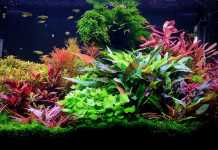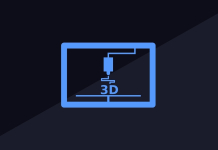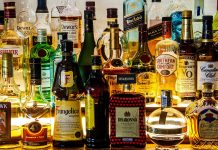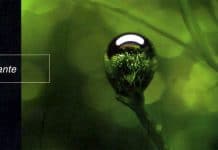The Estimative Index
Q. Probably these are the most obvious questions: what is the Estimative Index? Can you explain us why you started studying tanks fertilization, and how did you ended up with the EI method?
A. It’s just a common sense thing many aquarist were already doing: large, frequent water changes and then dosing right afterwards. Weekly did not do as well as 2-3 times a week.
However you can reduce the water changes to once a week and dosing 2-3 times by guessing what the maximum uptake might be. Easy.
The good part about this is that you no longer need to dose or worry much about having enough fertilizers; thus you do not need to test or worry about ppm’s; most are familiar with teaspoons for baking and cooking.
So it’s simply adding non limiting fertilizers (but you can run it lean if you wish also) and doing a weekly water to prevent any build up of fertilizers.

The EI is, at 90%, PMDD by «The Krib» (https://www.thekrib.com/Plants/Fertilizer/sears-conlin.html); but I tossed in the PO43- dosing and got rid of the testing and upped the % water changes to 50% weekly to make the math easier. We did not have dosing calculators on line back then.
So none of this is really «my idea» per se. I just argued and found this mix worked well.
PMDD worked well for many, but many still had issues, whereas I did not.
My tap water had about 1 ppm PO43- and doing large frequent water changes helped a lot.
So the other plant hobbyist came to my home and noted the radical differences, and called my tap water «magic». Eventually they came back and tested it for PO43-. Tank was 0 to 0.2ppm, tap water was about 1.1 ppm. Clearly the PO43- was going somewhere, and the fact that high PO43- (over 0.2ppm) lead to algae was obviously false.
Q. How and with what do you fertilize?
A. I fertilize 2-3 times a week, CO2 is rich – if I use the gas – and I do not use glutaraldehyde.
I use these basic ferts:
- KNO3 [potassium nitrate];
- KH2PO4 [potassium dihydrogenphosphate];
- one mix (3:1) of CaSO4 [calcium sulfate] and MgSO4 [magnesium sulfate] to raise GH;
- one mix of trace elements (3:1:1) of CSM+B, iron chelated with DTPA e and gluconate iron.
Nicolatc’s note:
Plantex CSM fertilizer contains: 1.5% magnesium, 0,10% copper chelated, 7.0% iron chelated, 2.0% manganese, 0.06% molybdenum, 0.40% zinc.
Plantex CMS + B it’s CMS recipe with the addition of 0.04% di boron (others producers add 0.8% of boron).
Q. Do you have scheduled water changes?
A. I do water changes, 2-3 times a week for the first month , then once a week for the next month. After that, not much, if at all.
You can use the TDS meters to decide when to do a water change.

For example: when the TDS meters senses about 300-400 µS higher than the water we used – tap water or rebuilt water – it’s time to do a water change.
Alternatively: after a water change it senses 200 µS but in 2-4 weeks it raises till 350-400 µS. It means that I have to reduce the fertilizers, or detect the limiting factor.
The advantage of the TDS meters is that it avoid us to do lots of test or do it at all; unfortunately it does not tell us which ion we are accumulating.
Q. How do you choose plants?
R. I try and choose plants that share similar growth rates; some emergent plants are always a good idea for the first few months anyway.
Iwagumi style layouts are possible with some species: however growth rates are lower, leaf sizes are smaller and ,often, colors are less bright.
Some species hold the color, e.g. Alternathera reineckii does well for me when I grew it.





















